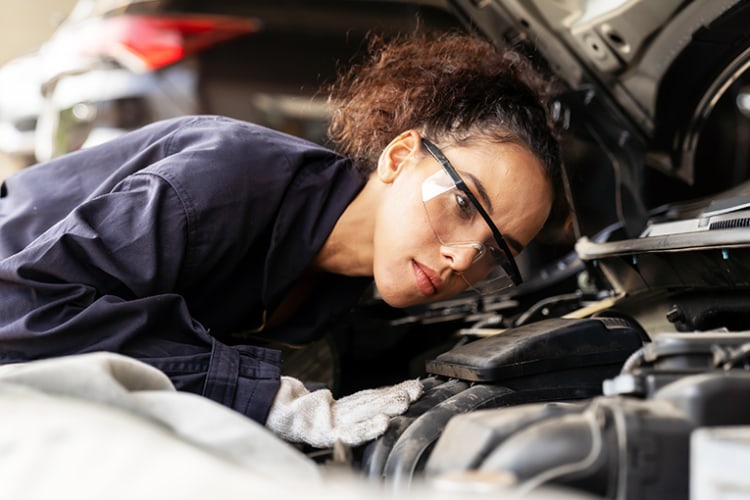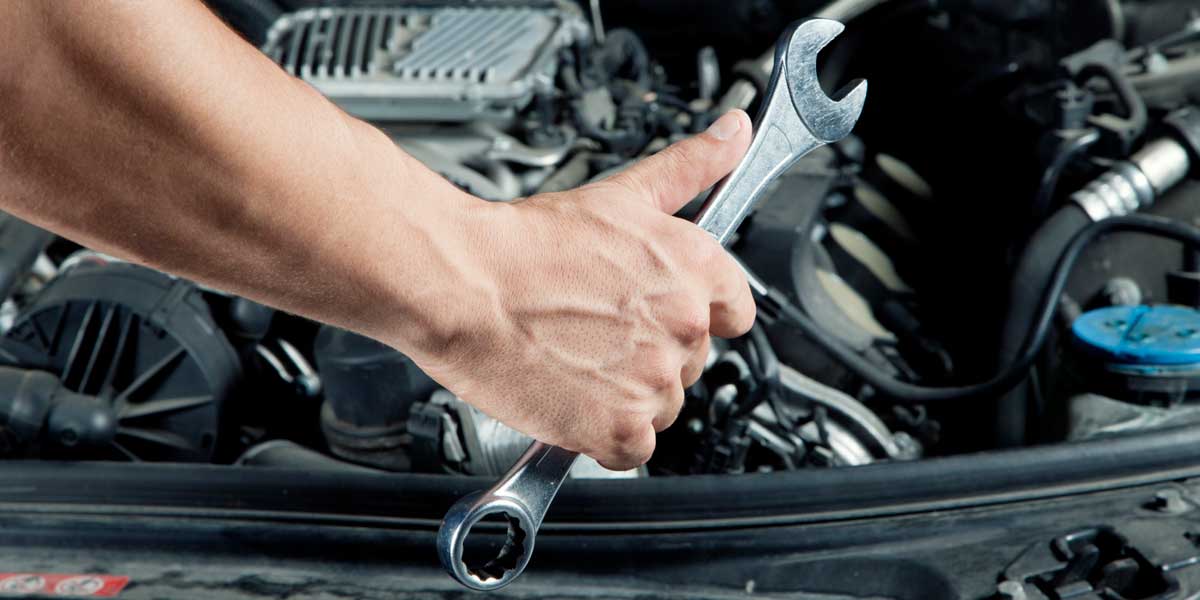All Categories
Featured

The vehicle repair service market is quickly advancing with the introduction of brand-new technologies that are reshaping exactly how vehicles are diagnosed, serviced, and fixed. From the fostering of man-made knowledge (AI) to the combination of electric car (EV) maintenance, these advancements are enhancing repair work effectiveness, decreasing costs, and improving the overall customer experience. In this post, we'll explore some of one of the most notable automobile innovation advancements in repair service that are assisting modern-day technicians stay ahead of the curve.
- AI-Powered Diagnostic Tools. Expert system is transforming the analysis process in auto repair. Modern cars are equipped with intricate onboard computer system systems that regularly keep track of engine efficiency, discharges, safety and security attributes, and various other crucial functions. AI-powered analysis devices can evaluate data from these systems to determine problems quicker and with even more precision than conventional methods. Technician stores can currently use sophisticated scanners that make use of AI to identify problems, forecast potential failings, and even suggest details fixings. This permits technicians to make informed decisions swiftly, cutting down on repair work times and ensuring the car is taken care of right the first time.
- Electric and Crossbreed Car Fixes. As the demand for electrical cars (EVs) and crossbreeds expands, so does the demand for specialized repair technologies and training. Hybrids and evs have unique powertrains, battery systems, and billing technologies that call for specialized expertise to repair. Advancements in battery testing tools, thermal management systems, and specialized software application for keeping track of battery health have made it easier for service center to manage these lorries. In addition, numerous service center are now investing in electric vehicle-specific devices, such as high-voltage insulation testers and charging station diagnostics, to make certain that professionals can securely and efficiently service these advanced automobiles.

- 3D Printing in Auto Fixing. 3D printing has ended up being an effective tool for automobile repair services, especially when it comes to generating hard-to-find or stopped components. This innovation is particularly important for recovering timeless cars and trucks or fixing automobiles that no longer have easily offered substitute components.
- Robotics and Automation. Robotic modern technology is being incorporated right into the automobile fixing procedure to boost effectiveness and precision. Robotics are being used for recurring jobs such as tire turnings, oil modifications, and brake maintenance, enabling specialists to focus on more complex repair services.
- Augmented Fact (AR) for Service Technician Assistance. Augmented truth is altering the means technicians access repair service details and perform tasks. By utilizing AR glasses or tablet computers, technicians can overlay electronic info, such as repair work handbooks, layouts, and step-by-step instructions, directly onto the lorry they are dealing with. This real-time aesthetic assistance boosts repair service precision and effectiveness, decreasing the chance of blunders. As an example, a mechanic may have the ability to see the precise location of an element that requires repair service without needing to seek advice from multiple referral materials. AR also assists in educating brand-new specialists by giving interactive discovering experiences, accelerating their learning process.
- Anticipating Maintenance via IoT. The Internet of Points (IoT) is revolutionizing vehicle maintenance by linking automobiles to networks that collect data in real time. Anticipating maintenance aids clients avoid unanticipated repair costs and expand the life-span of their vehicles.

- Telematics and Remote Diagnostics. Telematics systems, which are commonly utilized in modern cars, allow remote diagnostics and real-time surveillance. These systems send data about a lorry's performance, consisting of engine wellness, tire problem, and fluid levels, to service facilities and manufacturers. If an issue occurs, service technicians can identify the problem remotely, commonly repairing software problems or upgrading the automobile's firmware without the demand for a physical service visit. In many cases, service technicians can also troubleshoot problems or set up an appointment prior to the car reaches the service center. This remote approach to diagnostics enhances convenience and lowers downtime for car owners.
- Vehicle Information Sharing for Improved Solution. With accessibility to thorough data from a car's previous solution background, consisting of previous repairs, parts replacements, and efficiency records, professionals can a lot more precisely analyze present issues. By leveraging this information, fixing stores can offer customized options based on the automobile's unique background, helping to prevent future problems and enhancing long-term lorry efficiency.
Conclusion. AI-powered analysis devices, robotics, 3D printing, and IoT connection are just a few examples of the ingenious innovations changing the way vehicles are fixed. As the sector continues to welcome these developments, fixing shops that stay up-to-date with the newest tools and techniques will be better furnished to meet the needs of modern-day vehicle owners.
Latest Posts
Score Major Discounts with Montclare Auto Repair Service Promotions - Hurry, Don’t Miss Out!
Published Apr 20, 25
2 min read
Unlock Exclusive Discounts with WyHy's Love My Lending institution Rewards
Published Apr 20, 25
1 min read
Picking the Right Bank Account for Your Demands
Published Apr 20, 25
1 min read
More
Latest Posts
Score Major Discounts with Montclare Auto Repair Service Promotions - Hurry, Don’t Miss Out!
Published Apr 20, 25
2 min read
Unlock Exclusive Discounts with WyHy's Love My Lending institution Rewards
Published Apr 20, 25
1 min read
Picking the Right Bank Account for Your Demands
Published Apr 20, 25
1 min read